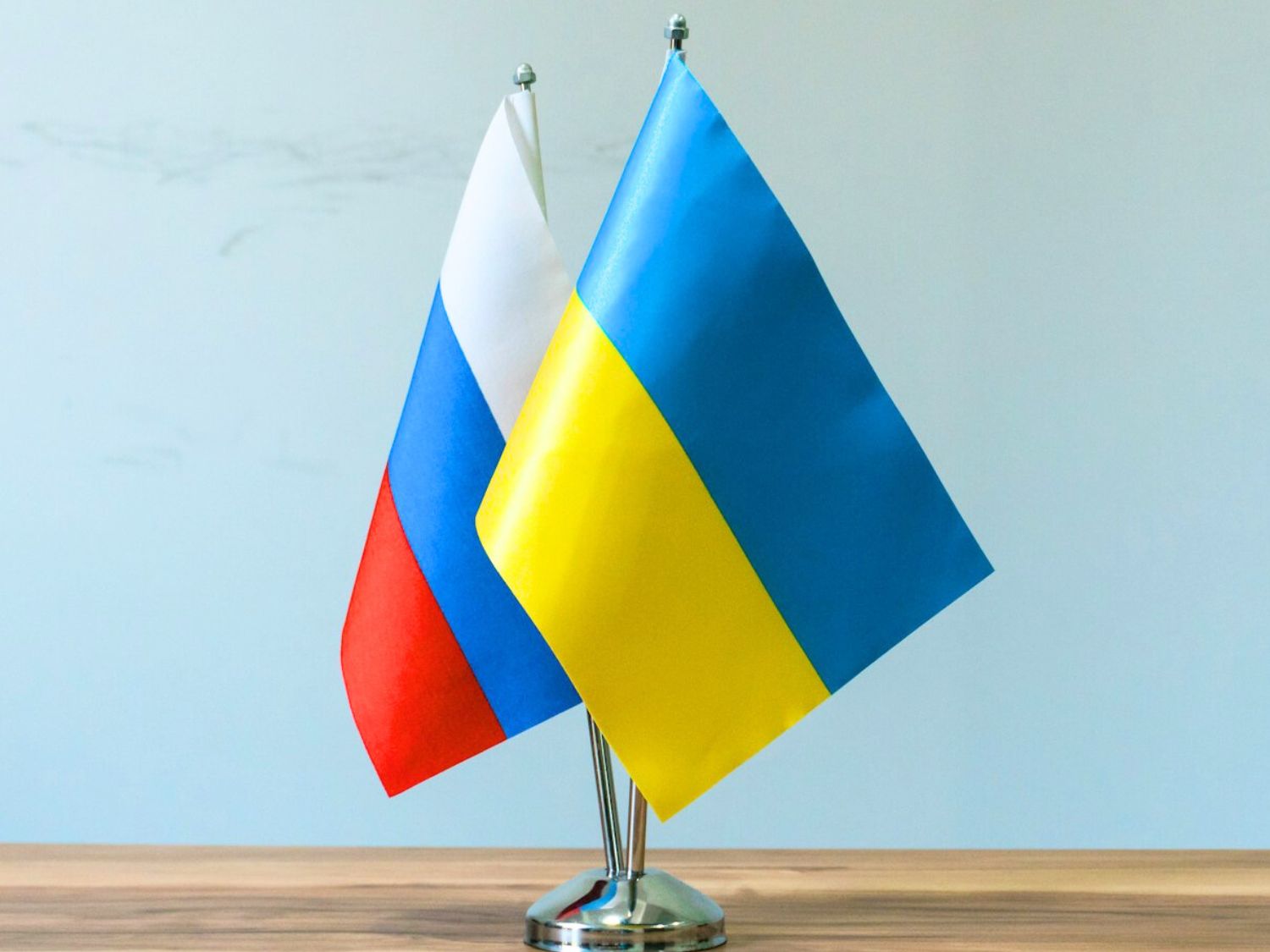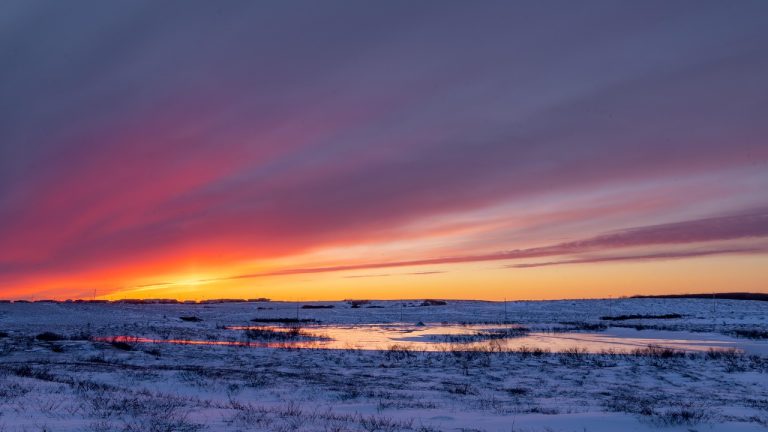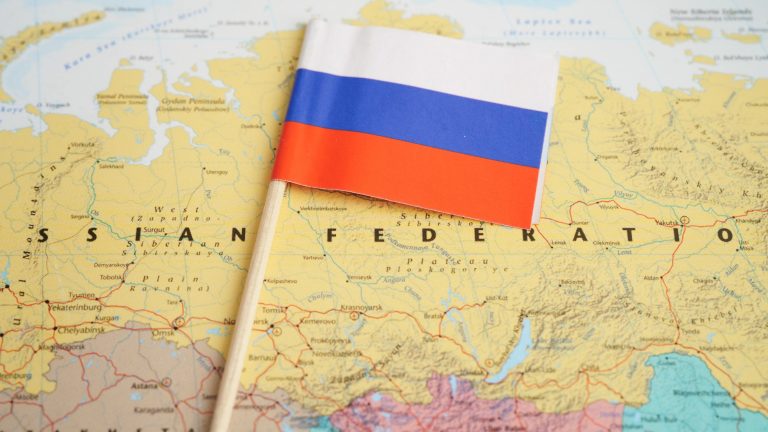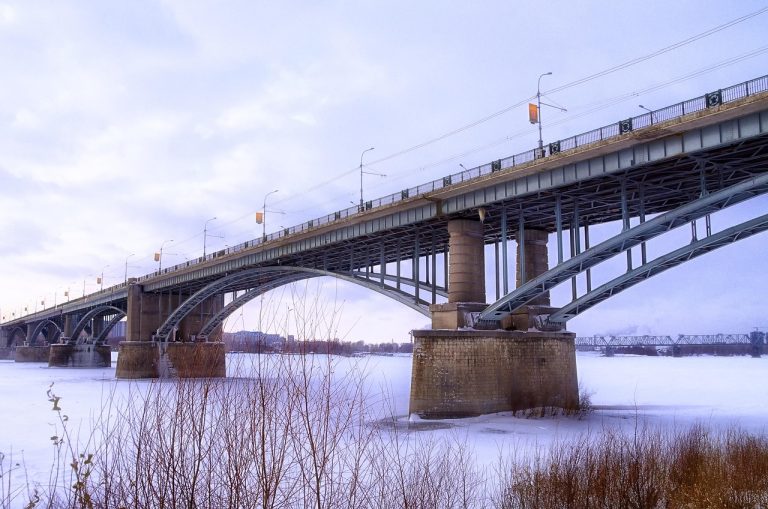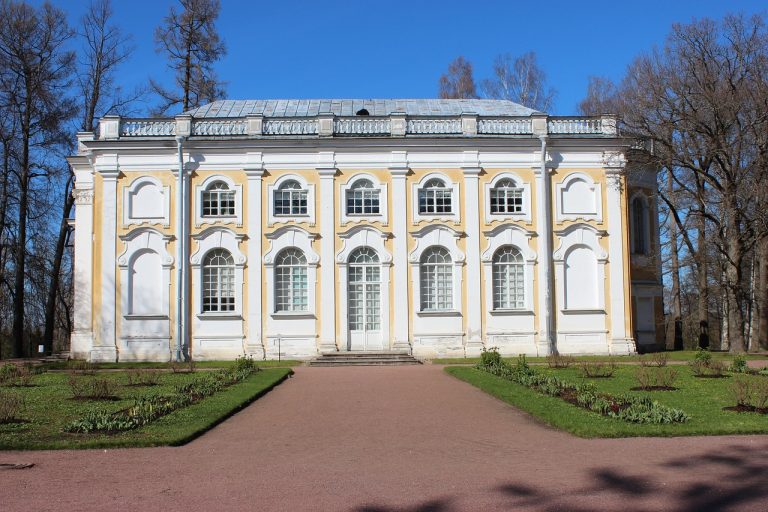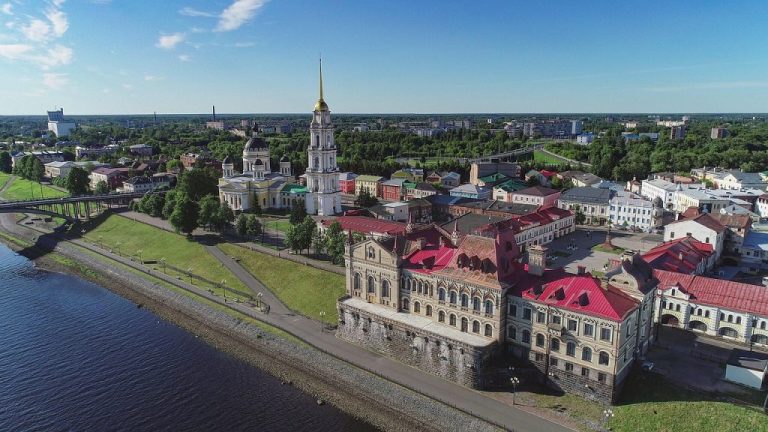The size difference between Ukraine and Russia is huge. Russia is about 17,098,242 square kilometers (6,601,665 square miles) big. It’s the biggest country in the world. Ukraine, on the other hand, is much smaller at 603,550 square kilometers (233,013 square miles).
When we compare Ukraine and Russia, Russia is 2,733 percent larger. Russia has 11 percent of the world’s land. Ukraine ranks 45th in size globally.
Ukraine is the second-largest country in Europe. But its size affects its politics, economy, and role in Eastern Europe.
Ukraine and Russia Size Comparison
No, Ukraine is not bigger than Russia. In fact, Russia is much larger. The size difference between Ukraine and Russia is huge.
Russia is the largest country in the world by land area. Ukraine is much smaller, but it’s not tiny.
The Clear Size Verdict
The numbers are clear. Russia has about 17,098,242 square kilometers. Ukraine has about 603,550 square kilometers.
Russia’s land stretches across eleven time zones. Ukraine’s size is based on its borders after it gained independence in 1991.
Looking at these numbers, Russia is much bigger. Russia covers a huge area in Europe and Asia. Ukraine is smaller and in Eastern Europe.
| Country | Total Area (sq km) | Percentage Comparison |
|---|---|---|
| Russia | 17,098,242 | 100% (baseline) |
| Ukraine | 603,550 | 3.53% of Russia |
| Size Difference | 16,494,692 | 2,733% larger (Russia) |
The Scale Difference
Math shows how big Russia is compared to Ukraine. Russia is about 28 times bigger than Ukraine. Or, Ukraine is only 3.53 percent of Russia’s land.
Imagine Ukraine inside Russia. You could fit 28 Ukraine-sized territories in Russia’s land.
This shows the size difference is more than just numbers. It’s about how big a country is and its influence.
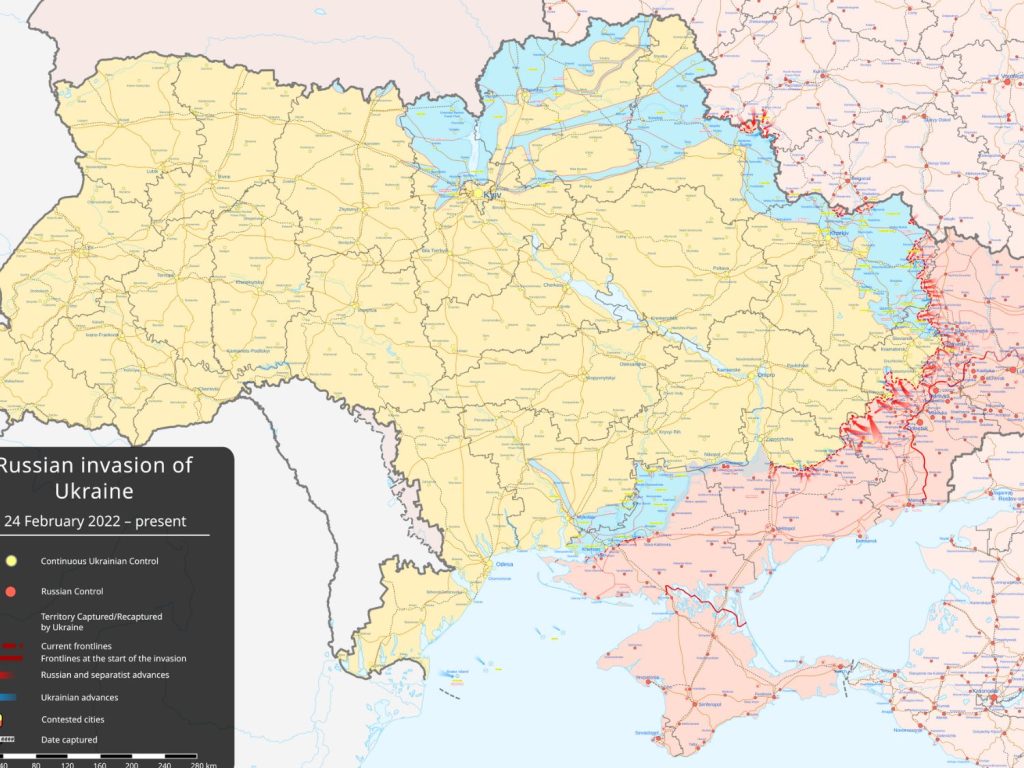
Common Misconceptions About Their Sizes
Many things can make people think Ukraine is bigger than Russia. Map projections are a big reason for this.
The Mercator projection makes areas near the poles look bigger. Russia, being in the north, looks even bigger than it is. This makes it hard to see the real size difference.
Ukraine’s role in the region also leads to misunderstandings:
- Agricultural prominence: Ukraine is a big grain producer. But, how much land it has doesn’t always show in its crops.
- European context: Ukraine is big in Europe, except for Russia. This makes it seem bigger than it is.
- Media coverage: Ukraine gets a lot of news coverage. This might make people think it’s bigger than it really is.
- Population density: Ukraine has people living in certain areas. This can make it seem bigger than it is.
These things can make people think Ukraine is bigger than it is. But, Russia is the biggest country in the world. Ukraine is just a bit smaller than some European countries.
Total Land Area: Ukraine and Russia Compared
Looking at the numbers shows how big the difference is between Ukraine and Russia. Official data from mapping groups gives us exact sizes. These figures show the total area and land area of both countries, including water bodies.
The difference between total area and land area is important. Total area includes lakes, rivers, and coastal waters. Land area is just the solid ground for living, farming, and building.
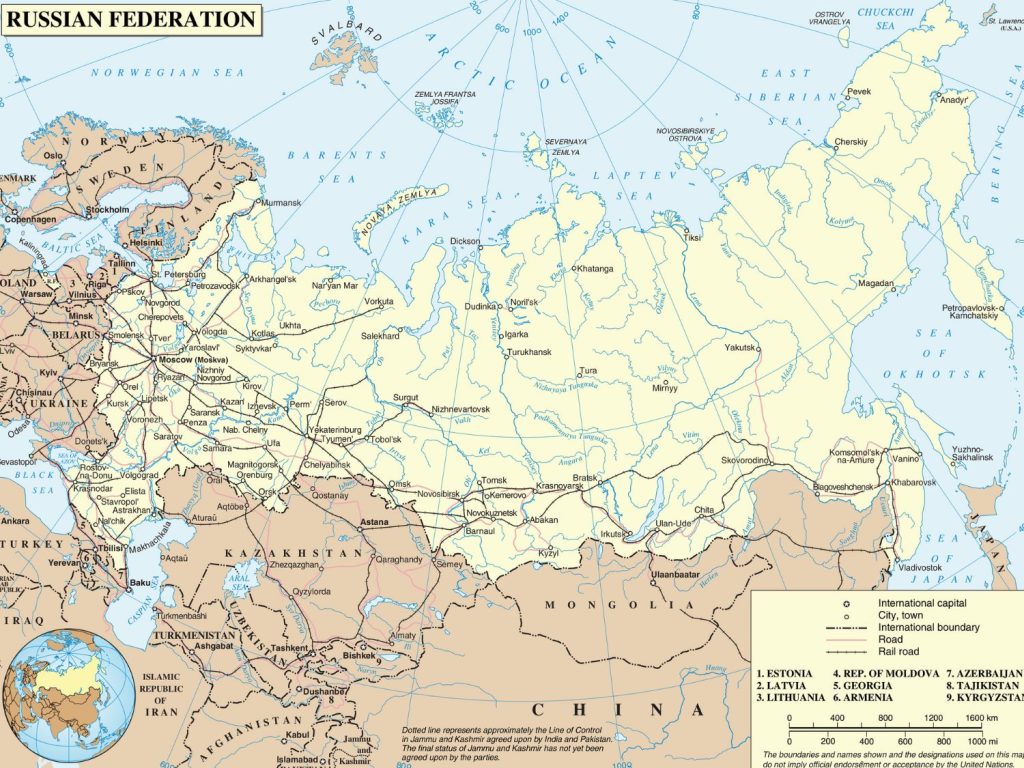
Russia’s Massive Continental Span
Russia has a total area of 17,098,242 square kilometers, or 6,601,665 square miles. This covers all Russian territory, from the Baltic Sea to the Pacific. Russia is huge compared to other countries.
For land area alone, Russia is 16,376,870 square kilometers, or 6,323,142 square miles. The difference comes from its many lakes and rivers. Big lakes like Baikal and Ladoga, and rivers like the Volga and Ob, make up this difference.
Russia’s land area is bigger than Antarctica or Australia. It spans eleven time zones and two continents. This affects its transport, climate, and more.
Ukraine’s European Territory
Ukraine has a total area of 603,550 square kilometers, or 233,013 square miles. It’s a big country in Europe, but smaller than Russia. Ukraine has mountains, plains, and coastlines.
The land area of Ukraine is 579,320 square kilometers, or 223,677 square miles. The Black Sea, Sea of Azov, and Dnieper River system make up the difference. These water bodies are key for Ukraine’s farming and trade.
Ukraine is about 1,300 kilometers from east to west and 900 kilometers north to south. Its shape is more compact than Russia’s. This makes Ukraine’s geography easier to manage for building and governance.
Calculating the Geographic Disparity
Comparing the two countries shows Russia is 2,733 percent larger than Ukraine in total area. This means Russia is about 28 times bigger than Ukraine. This big difference is unique among neighboring countries.
| Measurement Type | Russia | Ukraine | Ratio |
|---|---|---|---|
| Total Area (sq km) | 17,098,242 | 603,550 | 28.3:1 |
| Total Area (sq mi) | 6,601,665 | 233,013 | 28.3:1 |
| Land Area (sq km) | 16,376,870 | 579,320 | 28.3:1 |
| Land Area (sq mi) | 6,323,142 | 223,677 | 28.3:1 |
Russia covers about 11 percent of Earth’s land. It’s not just bigger than Ukraine but also bigger than continents. Twenty-eight Ukraines could fit inside Russia with space left over.
The size difference affects military strategy, economy, and more. Russia has access to seas, minerals, and different climates. Ukraine’s smaller size offers advantages in unity and building efficiency.
Size doesn’t always mean strength or wealth. Smaller countries can have better economies and living standards. The size comparison is just part of the story when looking at these two countries.
Global and Regional Size Rankings
Global territorial rankings show where Russia and Ukraine stand among the world’s nearly 200 countries. These rankings give us a broader view than just comparing Ukraine and Russia. They show how each country’s size affects its role globally and in Europe.
Both countries have unique places in the size hierarchy. Russia is unmatched in size, while Ukraine is a notable size in Europe.
Russia as the World’s Largest Country
Russia is the largest country globally, covering 11 percent of the world’s land. It stands alone in its size, far from any other nation.
The difference in size between Russia and Canada, the second-largest country, is huge. Canada has 9,984,670 square kilometers, while Russia has 17,098,242 square kilometers. This shows Russia’s unique status.
- Canada (ranked #2): 9,984,670 square kilometers
- China (ranked #3): 9,706,961 square kilometers
- United States (ranked #4): 9,372,610 square kilometers
Russia spans two continents and eleven time zones. Its vast size affects everything from resources to defense. It’s key to Russia’s identity and strategy.
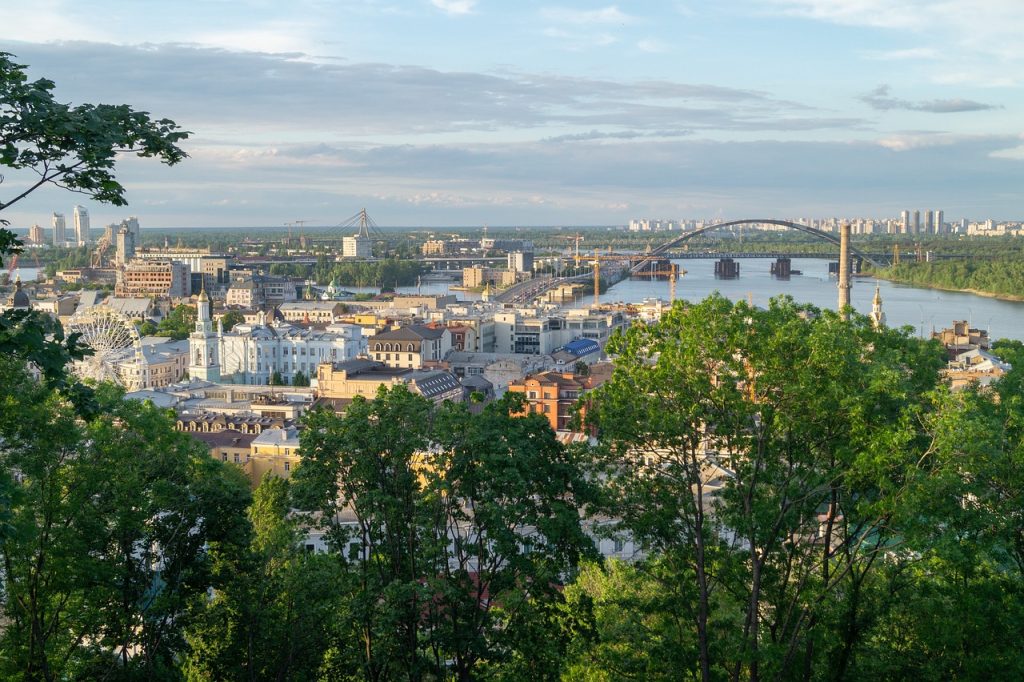
Ukraine’s Position as Europe’s Second-Largest Nation
Ukraine is the 45th largest country globally. But in Europe, it’s the second-largest after Russia. This makes Ukraine important in European affairs.
Ukraine’s 603,500 square kilometers are more than any other European country. It’s bigger than France and Spain, and even Germany and Poland.
- France (ranked #49 globally): 551,695 square kilometers
- Spain (ranked #52 globally): 505,992 square kilometers
- Germany: 357,022 square kilometers
- Poland: 312,679 square kilometers
Ukraine is bigger than France by nearly 52,000 square kilometers. Its size helps its agriculture and its role between Eastern and Western Europe. Ukraine’s land and resources make it economically important, despite its global rank.
Comparing Both to Other Major Countries
Comparing Russia and Ukraine to the United States helps us grasp the scale of their size. Russia is bigger than the entire continental United States. It’s more than all 48 contiguous states combined.
Ukraine is bigger than California but smaller than Texas and Alaska combined. Here are some exact comparisons:
| Territory | Area (Square Kilometers) | Comparison |
|---|---|---|
| Russia | 17,098,242 | 1.8 times larger than USA |
| United States | 9,372,610 | 15.5 times larger than Ukraine |
| Ukraine | 603,500 | 1.5 times larger than California |
| Texas | 695,662 | 1.15 times larger than Ukraine |
These comparisons make Russia’s size clear and Ukraine’s size in Europe stand out. Both countries’ sizes are key to their national strength and strategy. The size comparison between Ukraine and Russia shows how size affects a country differently, based on its location and resources.
Ukraine Population vs Russia: Demographic Comparison
Looking at territory is just the start. Demographic data shows how people live in Ukraine and Russia. It’s not just about land size but how people use it.
Population patterns show economic strength, city growth, and resource use. These are things that square miles can’t show.
Current Population Statistics
Russia has about 142 million people. Ukraine has around 43.5 million. This means Russia has about 3.3 times more people than Ukraine.
This shows a big difference in how land is used. Russia’s vast areas are mostly empty. Ukraine’s land is more crowded with people.
Population Density Per Square Mile
Ukraine has about 75 people per square kilometer. Russia has only 8.4 people per square kilometer. This is a big difference.
This difference comes from Russia’s harsh weather and Ukraine’s better climate. Ukraine’s land is more suitable for people to live and farm.
| Metric | Russia | Ukraine | Ratio |
|---|---|---|---|
| Total Population | 142.0 million | 43.5 million | 3.3:1 |
| Density (per km²) | 8.4 people | 75 people | 1:8.9 |
| Urban Population | ~75% | ~70% | Similar |
| Largest City | Moscow (12M+) | Kyiv (3M) | 4:1 |
Major Cities and Urban Concentration
Moscow, Russia’s capital, has over 12 million people. It’s Europe’s biggest city. Saint Petersburg, Russia’s second-largest city, has over 5 million people.
Ukraine’s capital, Kyiv, has about 3 million people. It’s Ukraine’s center for politics and business. Other big Ukrainian cities include:
- Kharkiv – Industrial center with 1.4 million residents
- Odesa – Black Sea port city with 1 million residents
- Dnipro – Eastern manufacturing hub with 980,000 residents
- Lviv – Western cultural center with 720,000 residents
These numbers affect how cities are built, military strength, and the economy. Russia’s bigger population means more workers and customers. But Ukraine’s denser population makes services more efficient. Both countries have most of their people living in cities.
Ukraine Russia Border Length and Geographic Proximity
The border between Ukraine and Russia stretches for 1,200 miles. It shapes the history and current relations between the two countries. This long border runs along Ukraine’s eastern and northern sides, making it one of Europe’s longest.
Despite Ukraine being much smaller, the shared border is vast. It connects multiple regions, showing the deep connection between the two nations.
Shared Frontier Measurement and Characteristics
The Ukraine Russia border length is about 1,926 kilometers. This is Ukraine’s longest border with any country. It’s longer than Western Europe from the Atlantic to Germany.
The border has two parts. The eastern part goes north-south through industrial and agricultural areas. The northern part goes east-west through forests and steppes. Both parts have official crossing points and customs.
- Natural boundaries: Rivers like the Siverskyi Donets define parts of the eastern border
- Administrative divisions: The border follows oblast borders in Ukraine and Russian federal subjects
- Infrastructure density: Major highways and rail lines cross at multiple checkpoints
- Population centers: Many big cities are near the border on both sides
Key Border Regions and Administrative Areas
Ukraine’s border regions with Russia include six oblasts. The eastern frontier has Kharkiv, Luhansk, and Donetsk oblasts. These areas are industrial and have many people.
The northern border has Chernihiv and Sumy oblasts in Ukraine. They face Russian oblasts like Bryansk and Kursk. These areas are less populated, with economies based on farming and light manufacturing.
| Ukrainian Oblast | Border Section | Key Characteristics | Major Border Cities |
|---|---|---|---|
| Kharkiv | Eastern | Industrial hub, transport corridors | Kharkiv (30 miles from border) |
| Luhansk | Eastern | Coal mining, heavy industry | Luhansk, Starobilsk |
| Donetsk | Eastern | Metallurgy, manufacturing | Donetsk region cities |
| Sumy | Northern | Agricultural, mixed forests | Sumy, Konotop |
| Chernihiv | Northern | Agriculture, forestry | Chernihiv, Novhorod-Siverskyi |
The Crimean Peninsula adds another layer to the territory. It’s a unique geographic and political area. Millions of people live in these border regions, influenced by their proximity to the border.
Additional Neighboring Countries and Strategic Position
Ukraine has a long border with Russia but also borders seven countries. To the west and southwest, Ukraine shares borders with Poland, Slovakia, Hungary, and Romania. Moldova is to the southwest, and Belarus borders Ukraine to the north.
Ukraine’s location is strategic. Its western borders connect it to the European Union and NATO. This opens up trade and cultural exchange with Western Europe.
The northern border with Belarus adds complexity to Ukraine Russia relations. Belarus is close to Russia, affecting Ukraine’s strategic thinking. Ukraine’s position between different countries shapes its foreign policy and economic plans.
Ukraine is a key transit point for trade. It connects the Black Sea to Central Europe and Russian markets to the West. This position offers economic benefits but also risks due to geopolitical tensions.
Geographic Features and Natural Landscapes
Size is just one part of the story when we look at Ukraine and Russia. Their topography and ecosystems are very different. These differences shape their regions and affect farming, population, and more.
Russia’s Span Across Two Continents
Russia is special because it spans both Europe and Asia. The Ural Mountains mark the divide. It covers 11 percent of the world’s land, showing incredible diversity.
It stretches across eleven time zones. From Kaliningrad in the west to the Kamchatka Peninsula in the east.
The environment in Russia is very varied. The Arctic tundra is in the north, with permafrost. The vast Siberian taiga forests are the largest woodland on Earth.
Mountain ranges like the Caucasus and Altai add to the landscape. The Ural range is important as Europe’s eastern boundary.
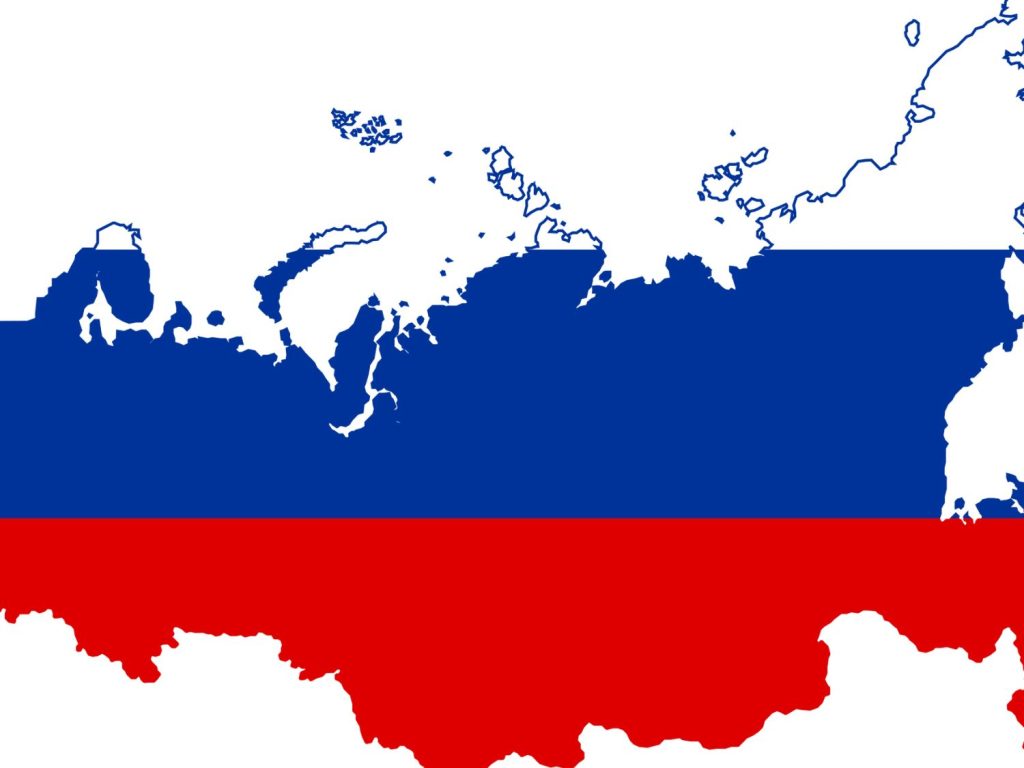
Ukraine’s Fertile Plains and Black Sea Coast
Ukraine is smaller but very fertile. The famous chernozem black soil makes it a top agricultural land. It’s known as the “breadbasket of Europe.”
The landscape is mostly flat plains. The Carpathian Mountains in the west are the highest. The Crimean Mountains in the south create a unique climate.
Ukraine’s 1,200-mile Black Sea coastline is a big asset. It offers trade routes and naval power. Ports like Odesa and Mariupol are key for exports.
| Geographic Feature | Russia | Ukraine |
|---|---|---|
| Continental Span | Europe and Asia (transcontinental) | Europe only |
| Time Zones | 11 time zones | Single time zone |
| Major Mountain Ranges | Urals, Caucasus, Altai, multiple others | Carpathians, Crimean Mountains |
| Coastline Access | Arctic, Pacific, Baltic, Black Sea, Caspian | Black Sea, Sea of Azov |
| Dominant Terrain | Taiga forests, tundra, steppe | Agricultural plains, steppe |
Climate Zones and Environmental Differences
The climate in Ukraine and Russia varies a lot. It affects farming, natural resources, and where people live.
Russia’s Varied Climate Regions
Russia has a wide range of climates. The Arctic zones in the north are very cold. Winter temperatures can drop below minus 40 degrees Fahrenheit.
The subarctic zone in Siberia has short summers and long winters. Continental climates in the interior have big temperature swings. Some cities see temperatures change by 180 degrees between winter and summer.
The south near the Black Sea has a subtropical climate. It has mild winters and warm summers. This supports different crops than the rest of Russia.
Ukraine’s Temperate Continental Climate
Ukraine’s climate is more uniform than Russia’s. It has cold winters and warm summers. January temperatures range from 19 to 27 degrees Fahrenheit, and July temperatures reach 62 to 73 degrees.
Western Ukraine is slightly milder due to the Atlantic. Eastern Ukraine has more extreme temperatures and less rain.
The Crimean coast has a Mediterranean climate. It supports different plants and crops. Ukraine’s central plains have a consistent growing season, making it good for farming.
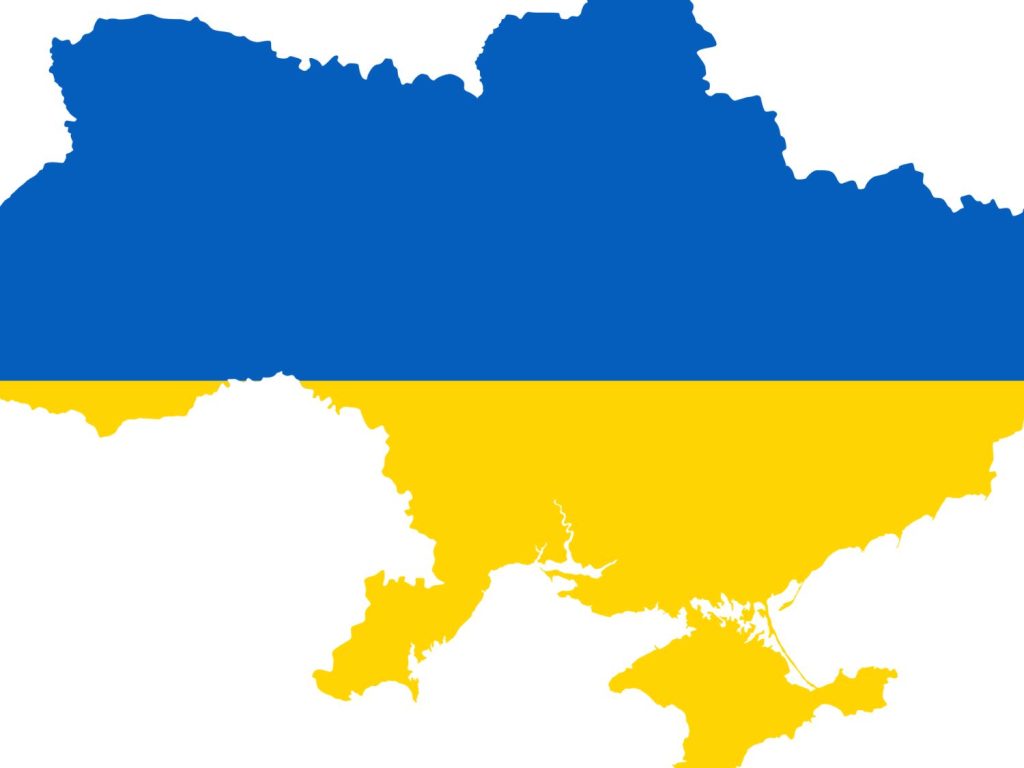
Economic Size and Resource Comparison
Russia and Ukraine have different economic strengths and resource bases. Russia’s economy is much larger, ranking among the world’s biggest. It supports 142 million consumers, while Ukraine’s economy supports 43.5 million people.
Energy exports, military production, and natural resource extraction drive Russia’s economy. Ukraine’s economy is smaller but strong in specific sectors, extending its influence.
GDP and Economic Output Analysis
The Ukraine vs Russia economy comparison shows big differences. Russia’s GDP is over $2 trillion, making it one of the top fifteen economies. It relies heavily on petroleum exports, natural gas sales, and mineral extraction.
Ukraine’s GDP is about $160 billion, much smaller. Its economy is based on manufacturing, agriculture, and information technology. Russia’s larger market benefits from its population and territory, while Ukraine focuses on specialized exports.
Per capita income is higher in Russia, but Ukraine is catching up. Both countries face challenges, with Russia dealing with resource dependency and Ukraine rebuilding its industry.
Natural Resources: Energy and Minerals
Russia has vast reserves of oil, natural gas, coal, timber, and minerals. These resources make it a leading energy exporter, influencing European energy security. Russian suppliers provide a large part of Europe’s natural gas and crude oil.
Russia has over 80 billion barrels of proven oil reserves, mostly in Siberia and the Arctic. Its natural gas reserves are the world’s largest, with over 1,680 trillion cubic feet. It also has coal, metallic ores, and diamond mines.
Ukraine has smaller hydrocarbon reserves but significant coal deposits in the Donbas region. It also has iron ore, manganese, titanium, and mercury. Ukraine’s energy reserves are smaller but important for domestic use and exports.
Agricultural Production and Arable Land
Agriculture is more balanced between Russia and Ukraine. Ukraine’s fertile land produces yields comparable to larger areas. Russia has vast agricultural zones but much land is unsuitable for farming.
Ukraine’s black earth soils are ideal for grain cultivation, covering about 60 percent of its territory. Russia’s agricultural land spans various climates, from temperate to subarctic.
Ukraine’s Role as a Global Grain Producer
Ukraine is a top global exporter of wheat, corn, and sunflower oil. It is known as the “breadbasket of Europe.” Ukrainian agricultural exports help food security in Africa, the Middle East, and Asia.
Ukraine produces over 25 million metric tons of wheat and corn annually. Its sunflower oil production leads the world. These exports bring in billions of dollars and employ millions of Ukrainians.
Ukraine’s agriculture is strategically important. Global food prices are influenced by its harvest forecasts. Supply disruptions affect international markets.
Russia’s Oil and Gas Reserves
Russia’s energy reserves are key to its economic influence. It produces about 10 million barrels of oil daily, ranking among the top producers. Natural gas production exceeds 700 billion cubic meters annually.
Russian energy is transported to European markets through major pipelines. This creates economic and political ties. The Nord Stream and Yamal-Europe pipelines are critical for European energy supply.
Oil and gas exports are a big part of Russia’s government income. The energy sector supports millions of jobs, with related industries adding more economic activity.
| Economic Indicator | Russia | Ukraine |
|---|---|---|
| Nominal GDP | $2.06 trillion | $160 billion |
| Primary Exports | Oil, natural gas, metals | Grain, sunflower oil, steel |
| Arable Land Percentage | 7.5% of total area | 56% of total area |
| Natural Gas Reserves | 1,680 trillion cubic feet | 39 trillion cubic feet |
Comparing these economies shows that size gives resource advantages. Yet, smaller nations can have big influence through specialized sectors. Ukraine’s grain exports and Russia’s energy reserves play critical roles in global markets, showing different economic strengths from geography and resources.
Conclusion
Russia is much bigger than Ukraine, with 6.6 million square miles of land. Ukraine has only 233,000 square miles. This means Russia is 2,733% larger than Ukraine.
Russia is the world’s largest country, and Ukraine is Europe’s second-largest. But size doesn’t always show a country’s strength or importance.
Ukraine is important because of its location and its role in agriculture. It sits between Russia and Europe. This makes Ukraine key to both regions, even though it’s smaller.
The 1,200-mile border between Russia and Ukraine makes them connected. This border affects their relationship, showing that size isn’t everything.
Russia has lots of energy resources, while Ukraine is known for its fertile land. Ukraine has 43.5 million people in a smaller area. Russia has 142 million people spread over two continents.
The size difference between Russia and Ukraine helps us see the current conflict, historical ties, and economic bonds. Knowing the facts helps us better interpret politics and security in Eastern Europe.
FAQs
Is Ukraine Bigger Than Russia?
No, Ukraine is much smaller than Russia. Russia has about 6.6 million square miles of land. Ukraine has 233,062 square miles. Russia is about 28 times bigger than Ukraine.
What is the Exact Size Difference Between Ukraine and Russia?
Russia is much bigger than Ukraine. Russia’s land area is 6,323,142 square miles. Ukraine’s is 223,677 square miles. This makes Russia 28 times larger than Ukraine.
How Does Ukraine’s Population Compare to Russia’s?
Russia has about 142 million people. Ukraine has 43.5 million. So, Russia has about 3.3 times more people than Ukraine. But, Ukraine is much smaller in land area.
How Long is the Ukraine-Russia Border?
The border between Ukraine and Russia is about 1,200 miles long. It runs along Ukraine’s eastern and northern sides. Key areas include Kharkiv, Luhansk, and Donetsk in the east, and Chernihiv and Sumy in the north.
Where Does Ukraine Rank in Size Compared to Other European Countries?
Ukraine is the second-largest country in Europe, after Russia. It’s bigger than France, Spain, and other major European countries. Ukraine is smaller than Texas and Alaska together but bigger than California.
Why Do Some People Think Ukraine Might Be Larger Than It Actually Is?
Some think Ukraine is bigger because of how maps are drawn. The Mercator map makes northern countries look bigger. Ukraine’s role in Europe and its big agricultural output also make it seem larger.
How Do the Economies of Ukraine and Russia Compare by Size?
Russia’s economy is much bigger than Ukraine’s. Russia is one of the world’s top economies. Ukraine’s economy is smaller but strong in agriculture, being a top wheat, corn, and sunflower oil exporter.
What Countries Border Ukraine Beside Russia?
Ukraine borders Poland, Slovakia, Hungary, Romania, Moldova, and Belarus. Russia is Ukraine’s longest border. Ukraine’s location makes it important for both Russian and European interests.
